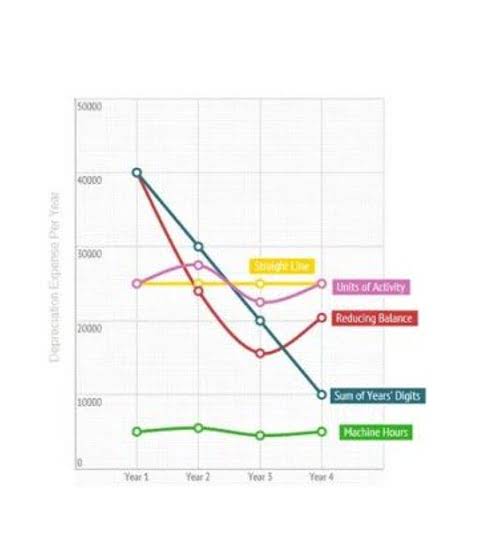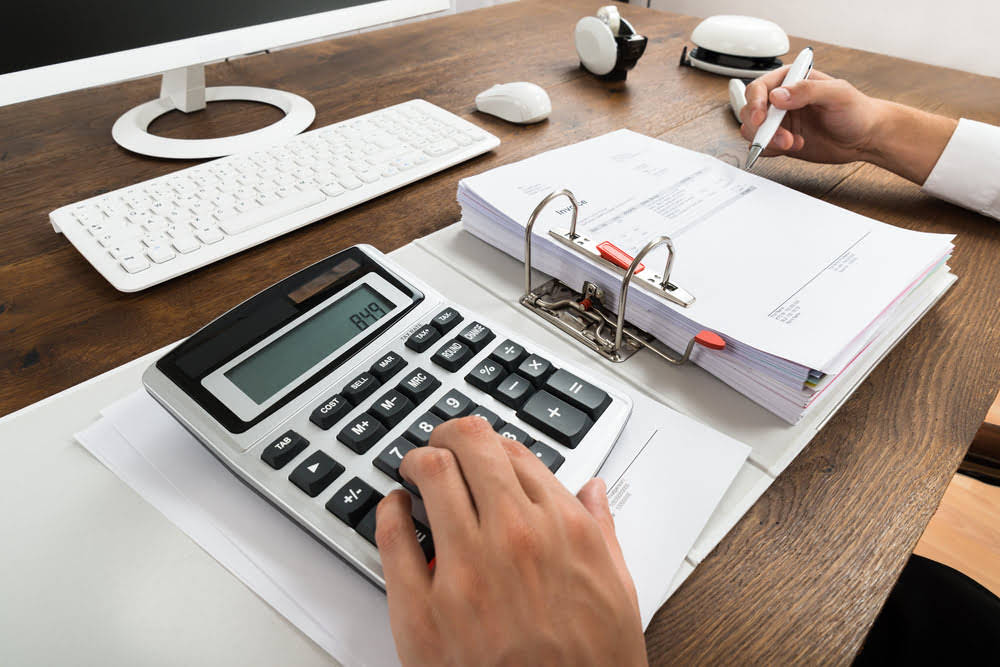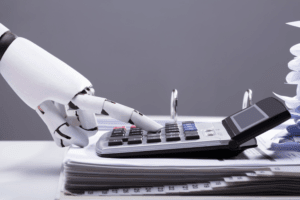
This asset section is broken into current assets and non-current assets, and each of these categories is broken into more specific accounts. A brief review of Apple’s assets shows that their cash on hand decreased, yet their non-current assets increased. Managers can opt to use financial ratios to measure the liquidity, profitability, solvency, and cadence (turnover) of a company using financial ratios, and some financial ratios need numbers taken from the balance sheet. When analyzed over time or comparatively against competing companies, managers can better understand ways to improve the financial health of a company.

Balance Sheets 101: What Goes On a Balance Sheet?
- In conclusion, financial ratios and performance allow stakeholders to examine various aspects of a company’s financial well-being, including liquidity, solvency, and profitability.
- Required Explain how each of the above transactions impact the accounting equation and illustrate the cumulative effect that they have.
- It’s important to note that net income may also be net loss if your net income comes to a negative number.
- This article attempts to explain how an accounting equation evolves due to the complex behaviors of managers in decision-making making specifically capital structure decisions.
- Debt is a liability, whether it is a long-term loan or a bill that is due to be paid.
Similarly, liabilities are listed in the order of their priority for payment. In financial reporting, the terms “current” and “non-current” are synonymous with the terms “short-term” and “long-term,” respectively, and are used interchangeably. If the total liabilities calculated equals the difference between assets and equity then an organization has correctly gauged the value of all three key components. A company’s cash flow statement provides insights into its cash inflows and outflows over a specific period. Positive cash flow indicates the company is generating more cash than it is spending, while negative cash flow implies the opposite.
Effect of Transactions on the Accounting Equation
Company or shareholders’ equity often provides analysts and investors with a general idea of the company’s financial health and well-being. If it reads positive, the company has enough assets to cover its liabilities. Upon calculating the total assets and liabilities, company or shareholders’ equity can be determined. For example, the equity of a company with $1 million in assets and $500,000 in liabilities is $500,000 ($1,000,000 – $500,000).
The accounting equation
Double-entry accounting is a system where every transaction affects at least two accounts. This number is the sum of total earnings that were not paid to shareholders as dividends. To calculate your net profit or loss from purchasing a put option, you need to consider the premium paid for the option and the stock’s current market price. “The ROA is one indicator that expresses a company’s ability to generate money from its assets,” Katzen says. “Generally speaking, the higher the ROA, the more effective a company is at generating income for investors. The more income a company generates, the more likely the investment will appreciate.”

When choosing the best accounting software for small business, you want a program that tracks expenses, sends invoices and generates financial reports. However, the book value can be very different from the assets liabilities equity equation “market value” the owner would get if the company were liquidated or sold. For example, what if the value of the land, buildings, patents or brand names has gone up or down since the company acquired them?
- No matter the leverage ratio you choose, it’ll indicate your business’s financial stability and stance on debt.
- The dollar amount of the assets must equal the sum of liability and equity.
- So for a leverage ratio, such as the debt-to-equity ratio, the number should be below 1.
- However, the book value can be very different from the “market value” the owner would get if the company were liquidated or sold.
- A bank statement is often used by parties outside of a company to gauge the company’s health.
- The accounting equation is also called the basic accounting equation or the balance sheet equation.

It tells you when you’ve made a mistake in your accounting, and helps you keep track of all your assets, liabilities and equity. Your liabilities are any debts your company has, whether it’s bank loans, mortgages, unpaid bills, IOUs, or any other sum of money that you owe someone else. Any amount remaining (or exceeding) is added to (deducted from) retained earnings. Accounts Payables, or AP, is the amount a company owes suppliers for items or services purchased on credit.

Balance Sheet
Looking at a single balance sheet by itself may make it difficult to extract whether a company is performing well. For example, imagine a company reports $1,000,000 of cash on hand at the end of the month. Without context, a comparative point, knowledge of its previous cash balance, and an understanding of industry operating demands, knowing how much cash on hand a company has yields limited value. Each category consists of several smaller accounts that break down the specifics of a company’s finances. These accounts vary widely by industry, and the same terms can have different implications depending on the nature of the business.

What is the purpose of the accounting equation?
- Obligations owed to other companies and people are considered liabilities and can be categorized as current and long-term liabilities.
- Return on assets (ROA) is a ratio that measures a company’s profitability relative to its total assets.
- If the total assets calculated equals the sum of liabilities and equity then an organization has correctly gauged the value of all three key components.
- If they don’t balance, there may be some problems, including incorrect or misplaced data, inventory or exchange rate errors, or miscalculations.
- This process recognizes that assets lose value over time due to wear and tear or obsolescence.
- Companies will generally disclose what equivalents it includes in the footnotes to the balance sheet.
Therefore, the total profit from buying one option in this scenario is $1.6. Amounts received in advance from customers for future products or services are considered liabilities. Since the bank initially had $1 million in reserves, which is less than the required reserves of $1.01 million, the bank will need to obtain additional reserves to meet the reserve requirement. Therefore, option A, “Needs to obtain $10,000 in reserves to meet the reserve requirement,” is the correct answer. Beginning inventory refers to how much inventory you have on hand at the beginning of the period. Cost of purchasing new inventory refers to the amount of money you’ll have to spend to manufacture your products or services.
- If you are new to HBS Online, you will be required to set up an account before enrolling in the program of your choice.
- This equation sets the foundation of double-entry accounting, also known as double-entry bookkeeping, and highlights the structure of the balance sheet.
- Anything below 0.1 shows that a company doesn’t have much debt, and a ratio of 0.5 exhibits that its assets are double its liabilities.
- These products generate significant profits and cash flow for the company and require little investment.
- Without knowing which receivables a company is likely to actually receive, a company must make estimates and reflect their best guess as part of the balance sheet.
- Here’s a simplified version of the balance sheet for you and Anne’s business.